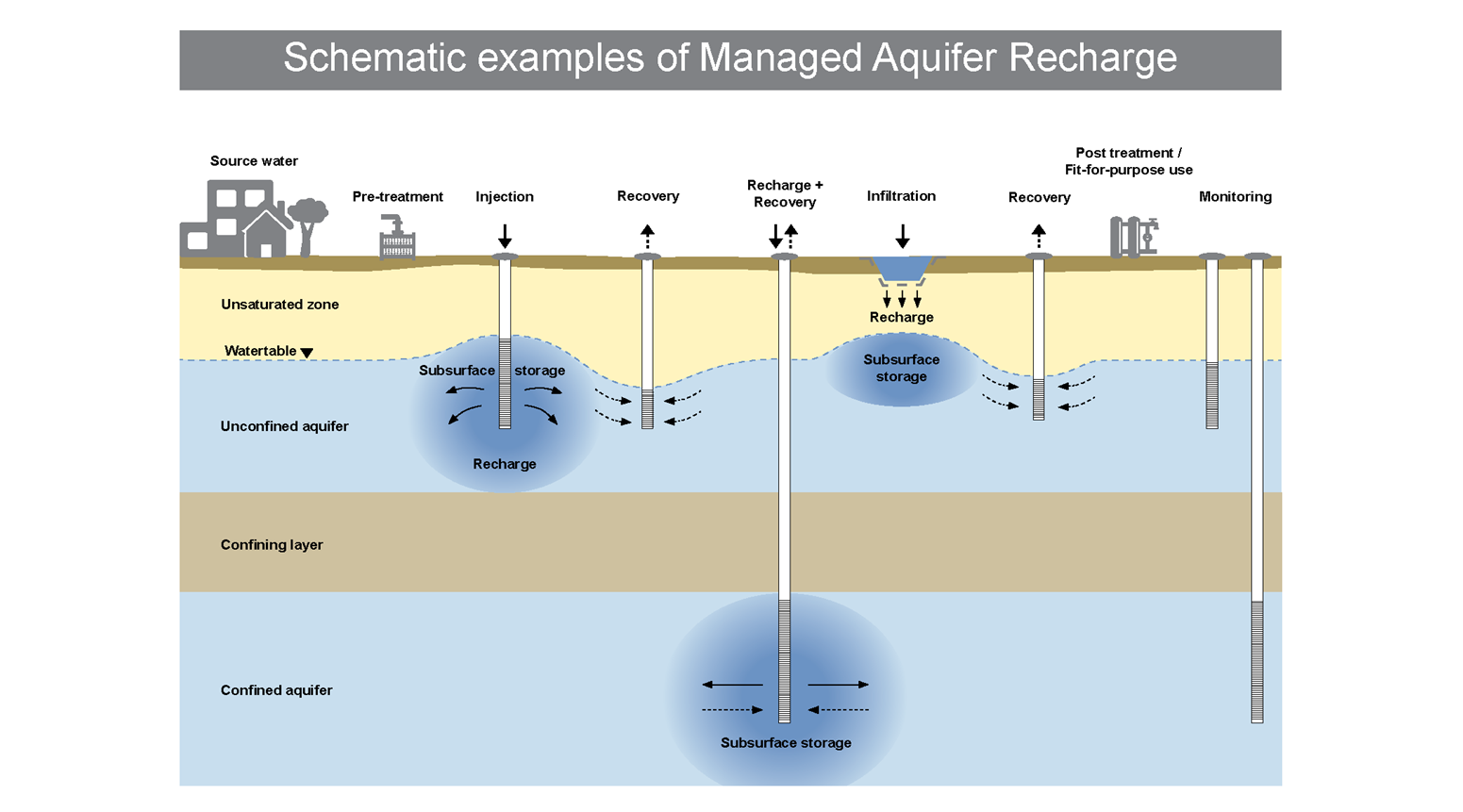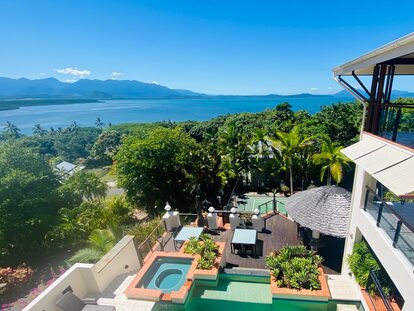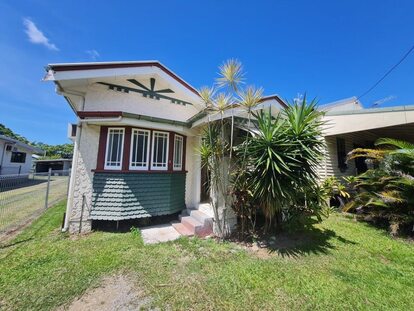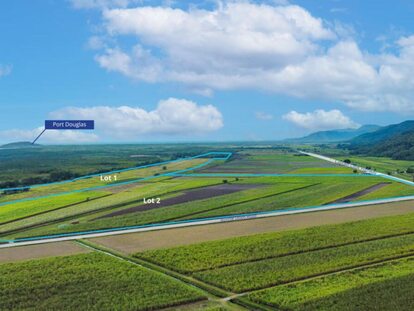LETTER TO ED: Water Security – could the answer be beneath our feet in the Douglas Shire?
LETTER TO EDITOR

Dear Editor,
I wish to write to you about the ongoing water crisis across the Douglas Shire.
The norm of the Douglas Shire has been an abundant supply of water all year round. However, the past few years have seen water restrictions at certain times and the recent Jasper event left many residents without drinking water for several days and on more than one occasion.
One of the root causes of the recent water shortage was the unprecedented rainfall associated with the cyclone and its aftermath.
Water is brought up to drinking standard here by passing the source water through ultrafiltration, in a process akin to the desalination of seawater for drinking. However, these membranes are subject to blocking and malfunction when they receive dirty water.
As every community member will be aware, the possibility of this resulted in drinking water production being switched off and the limited supply available in the post-treatment water storages ran out.
There have been robust discussions about how such a situation could arise and how it could be avoided in the future. I’d like to add one possibility for consideration regarding the long-term water security of the Shire and recommend that it be evaluated as part of any plan going forward.
Managed aquifer recharge (MAR) has been used successfully around Australia to supply additional water for non-drinking uses, e.g. Adelaide, and for drinking purposes, e.g. Perth.
The two cities have an average rainfall of 600mm per year, something we received in just one day during the Jasper event. In our case water shortage came about not by its rarity but because we couldn’t use it.
Just think if we could store clean water underground then draw on it when our normal source is compromised. The beauty of this solution is that no more dams need to be built that might destroy sensitive habitat and reduce our regions biodiversity still further.
The scenario might be that if the treatment plants can’t abstract water for several days, and storage is running out, the underground water can be used as a secondary source. And there’s a bonus – as MAR can be used to supplement non-drinking use when needed, thus reducing the dependence on using distribution system water for non-drinking purposes, e.g. irrigation.
When things get back to relative normality in the Shire, I am hoping, as are many, that there will be a community forum to discuss the possibilities to secure our water supply into the future. I’d like to see the option I mention here discussed as a possible solution.
Regards,
Dr Christopher P. Saint
Emeritus Professor of Water Science
Mowbray



















